$35.00
The Narragansett turkey is a North American heritage breed developed in Rhode Island, descending from a cross between the Eastern wild turkey and domestic Bronze varieties, and officially recognized by the American Poultry Association in 1874 . Named for Narragansett Bay in Rhode Island, it displays a distinctive plumage of black, gray, tan, and white feathers—sometimes with bars of white on the wings due to a unique mutation . Mature toms typically weigh 22–28 lb and hens 12–16 lb, making them a moderate-sized dual-purpose variety prized for both meat and egg production . Known for their calm, maternal temperament and excellent foraging ability, Narragansetts adapt well to free-range and backyard settings . Today, they are listed as “Watch” on The Livestock Conservancy’s Priority Conservation List, with an estimated 2,200 breeding birds in the United States—reflecting both their rarity and ongoing conservation efforts .
History & Origin
The breed originated in the early 1800s when New England farmers crossed imported Bronze turkeys with local Eastern wild stock, selecting for hardiness and foraging ability . It quickly became the foundation of the turkey industry in Rhode Island and Connecticut, with flocks of up to two hundred birds common by the 1870s . Although never as commercially dominant as the Bronze turkey, Narragansetts were valued for efficient feed conversion and survivability on pasture . Recognition by the American Poultry Association in 1874 cemented its status as a true heritage variety .
Physical Characteristics
- Plumage: A muted blend of black, slate-gray, tan, and white feathers, replacing the Bronze’s copper tones; many birds also show white wing bars from a U.S.-unique mutation .
- Head & Neck: Mostly featherless, with skin ranging from reddish at rest to bluish-white during courtship displays .
- Beak & Beard: Horn-colored beak and a black beard common in both sexes .
- Shanks & Toes: Pink, matching the breed’s soft color palette .
Size & Weight
- Toms (Males): Average 22–28 lb when fully mature .
- Hens (Females): Average 12–16 lb at maturity .
Temperament & Utility
Narragansett turkeys are prized for a calm, social disposition and strong maternal instincts, making hens excellent setters and brooders . They remain close to home when free-ranged, are quick runners, capable fliers, and readily roost in trees at night . Their dual-purpose nature—meat and egg production—combined with hearty foraging skills, makes them ideal for small-scale and backyard operations .
Reproduction & Egg Production
Hens lay large, off-white to pale brown eggs often speckled with brown, but annual production is modest (“poor”) compared to industrial strains . Fertility rates range from 60–75 percent under natural mating, and hens exhibit strong broodiness, typically sitting clutches without assistance . A recommended mating ratio is about seven hens to one tom to maintain optimal fertility .
Conservation Status & Availability
- Livestock Conservancy: Listed as “Watch” on the Priority Conservation List, indicating fewer than 2,500 annual registrations in the U.S. .
- Population: Estimated at ~2,200 breeding birds nationwide, reflecting both historical declines and recent resurgence .
- Availability: Rare poults and breeding stock are obtainable through select heritage hatcheries and specialty breeders, preserving genetic diversity and supporting conservation .
Whether you’re restoring a heritage flock, seeking a flavorful dual-purpose turkey, or contributing to genetic conservation, the Narragansett turkey offers a storied history, versatile utility, and enduring charm.
Be the first to review “Narragansett Turkeys” Cancel reply
Related products
Turkeys
Turkeys
Turkeys
Turkeys

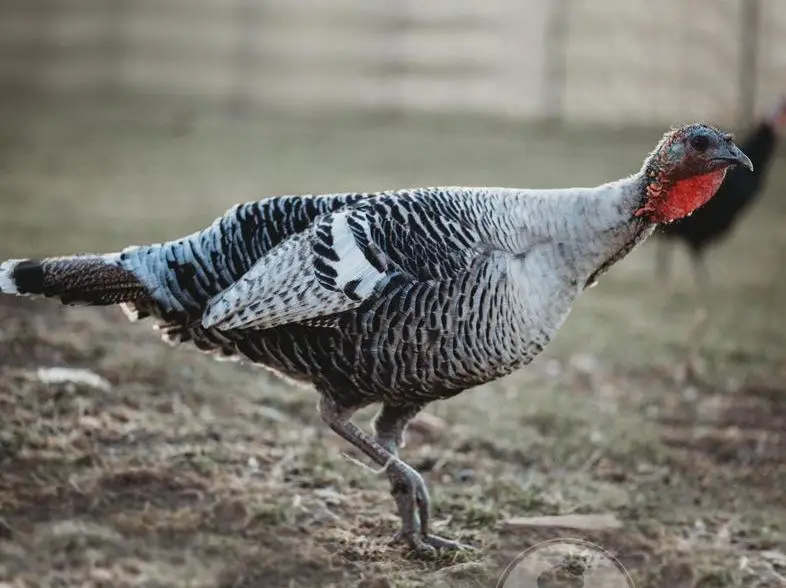
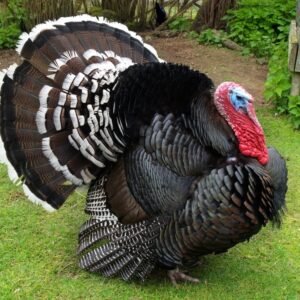
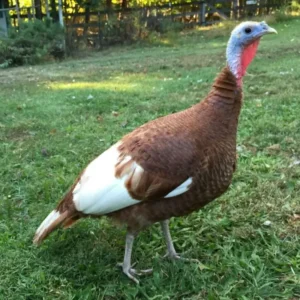
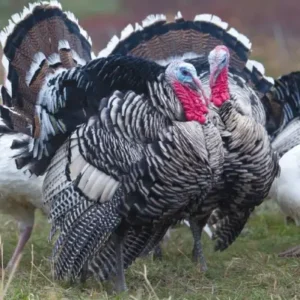
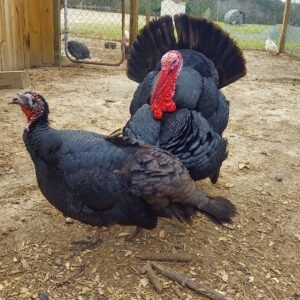
Reviews
There are no reviews yet.